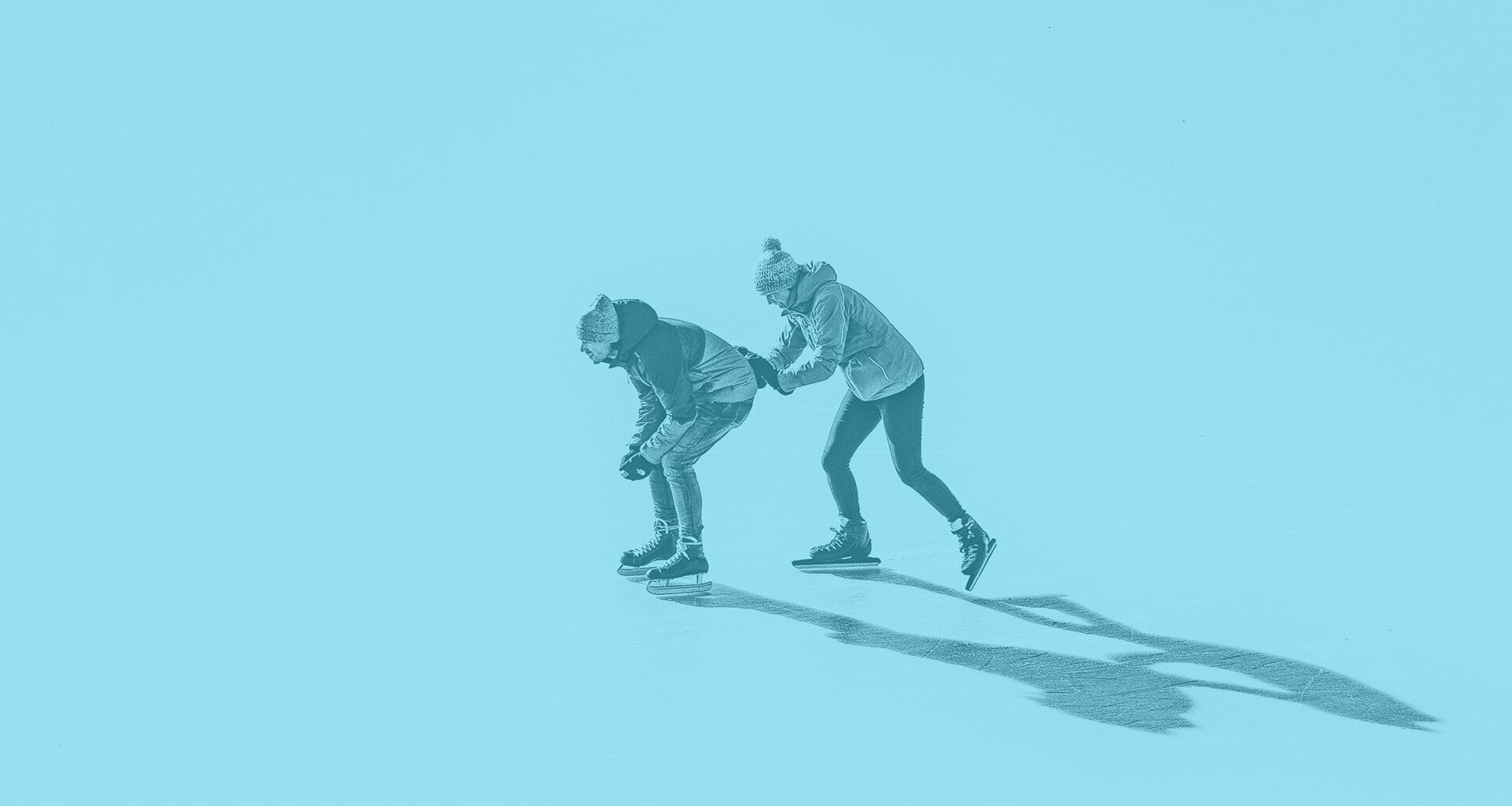Nudge theory techniques “often ignore the context of a problem” and can be too narrowly focused on changing specific behaviours while not taking into account environmental factors, according to speakers at the Festival of Marketing.
by Liam Kay
Speaking at the Market Research Society’s virtual session on behavioural science at the Festival of Marketing ( 19th October), Tamara Ansons, behaviour science manager at NatWest Group, said that there is too much focus on nudge techniques ahead of other methods of using behavioural science.
“Marketing or nudge techniques are often what people think about with behavioural science – we find that is often rushing to a solution before properly understanding the behaviours you want to influence,” Ansons said. “At NatWest we work collaboratively to apply behavioural science to understand the behaviours we want to influence and use behavioural science theories and principles as a way of understanding what is shaping those behaviours. Then we identify how we can use different interventions.” She added that nudge can be part of a solution, but that more holistic interventions can also be used to support behaviour change.
“Behavioural science might start with looking at individual decision processes, but really it involves a wide range of influences and how these influences interact with one another as well.” Ansons explained that if people are seen as a problem that need fixing, it can create an “empathy gap” that sees researchers focus on how to correct a perceived problem.
“If you try to empathise and try to understand what the individual’s needs are and what they are trying to achieve, it shifts the way you try to understand the problem,” she said.
“You look at a wider range of influences, such as agency and sense of control, that perhaps you wouldn’t necessarily think about if you take up your nudge and choice architecture, and try to use the tools around people to force or encourage to do a certain behaviour you deem as important, but which might not be important to them. “Try to ensure you work with the individual rather than treating them as an object.”
Also speaking on the panel, Laura de Moliere, head of behavioural science at the Cabinet Office, said that there were weaknesses in nudge theory. “Often they just look at the problem through such a small slice, and they ignore really big influences,” de Moliere said. “If you want someone to wash their hands, it is often behavioural scientists that ask ‘do they have soap’. That is not the most exciting thing, of course, but it is important for us to really understand the context and not just go ‘is there loss aversion involved?’. “That is tempting for behavioural scientists, as lot of our credibility is attached to explaining human behaviour in a way others haven’t considered before.”
She also agreed that behavioural science needed to work closely with marketing, but said that the two disciplines play very different roles – behavioural science tries to provide evidence for what a message should be, while marketing decides how best to get that message across. “A lot of what we previously thought of as behavioural science was selling original marketing techniques back through the public sector with a fancy name,” she said.
“The big value we are adding is handing over to marketers a very good understanding of the behaviours they are trying to drive and the barriers they should be overcoming. “This might end in a boring awareness raising campaign, but we are bringing in an analysis of the problem in a way in which we can be a lot more certain that the assumptions we have made about behaviours are the right ones.”
This article originally appeared in ResearchLive. Photo by Lucas van Oort on Unsplash.











